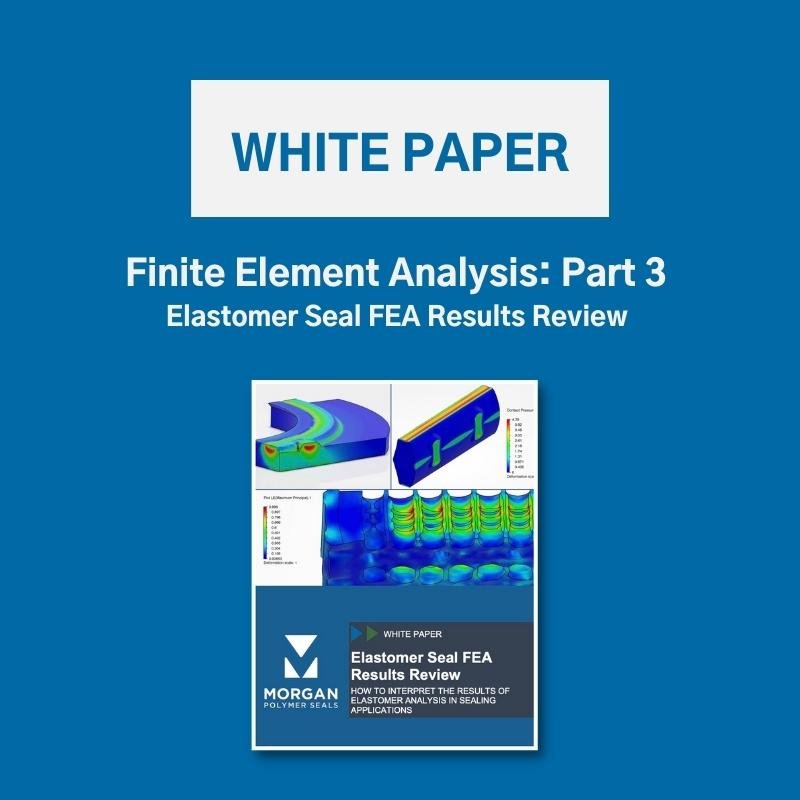At Morgan Polymer Seals, we manufacture carrier gaskets using a wide range of elastomeric materials, and we use steel, aluminum, or plastic as the carrier "backbone." This article discusses carrier gaskets for automotive manufacturing, including their properties, design considerations, and manufacturing processes.
Read MoreGM tasked Morgan Polymer Seals to collaborate with ITW to design a mechanical seal for a new capless refueling system in the Cadillac CT6. The custom seal system had to reduce hydrocarbon emissions, seal on the fuel fill-nozzle, and remain flexible at a temperature down to -40°C. This article looks at the design process and how successful seal design is achieved for an automotive application.
Read MoreA seal’s design has the highest impact on its overall cost and quality, so we enjoy supporting your technical team throughout the entire design process.
Let’s take a look at the timeline and steps involved for the successful design of automotive gaskets and seals.
Read MoreWe’re pleased to offer you another technical White Paper, written by our very own Design Engineer, Thomas Morgan. This paper explains how to interpret the results of elastomer analysis in sealing applications.
Read MoreWe’re pleased to offer you another technical White Paper, written by our very own Design Engineer, Thomas Morgan. This paper covers the scenarios that are typically required for a proper and complete design process of sealing elastomers.
Read MoreWe’re pleased to offer you another technical White Paper, written by our very own Design Engineer, Thomas Morgan. Here are just a few of the key insights you’ll learn gain inside the pages:
Why Finite Element Analysis a critical step in designing quality rubber gaskets and seals
Best practices for Material Testing
How to work with Approximatation Equations
Read MoreVitesco, formerly Continental Automotive, tasked Morgan Polymer Seals to manufacture and deliver T76 filter plates, with the expectation of zero defects. The filter plates feature a black rubber seal design on a black plastic carrier gasket, making defects hard to detect with the human eye.
Read MoreVision inspection is a computer-aided visual analysis of manufactured parts to sort out any with defects, irregularities, or other quality control issues. Unlike manual inspection that relies solely on human hands and eyes, automated vision inspection employs a mechanical system of high-speed cameras, software, and automation hardware components to inspect each part thoroughly and quickly.
Read MoreGeneral Motors (GM) tasked Morgan Polymer Seals to collaborate with Illinois Tool Works (ITW) to design a mechanical seal for a new capless refueling system in the Cadillac CT6. The custom seal system had to reduce hydrocarbon emissions, seal on the fuel fill-nozzle, and remain flexible at a temperature down to -40°C. To avoid a larger redesign of the car’s body, the sealing system also had to fit within the sedan’s existing size constraints.
Read MoreSelecting the best raw material for an automotive gasket is paramount to manufacturing a quality seal at a competitive price. An expert seal designer thoroughly understands the key attributes of their polymers and draws from industry experience with automotive systems to select the best material.
Read MoreDesign validation is a critical step to developing a successful gasket or seal. At this stage, a design engineer confirms that the final product will function properly within the sealing application. To validate critical seal designs for automotive applications, savvy engineers have adopted Finite Element Analysis (FEA).
Read MoreRubber gaskets and seals are critical components in the mechanical systems for automotive and industrial applications. At Morgan Polymer Seals, we follow these eight stages in the seal design process.
Read More











